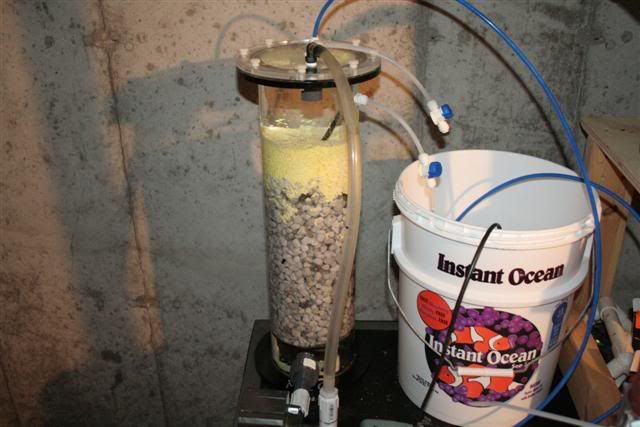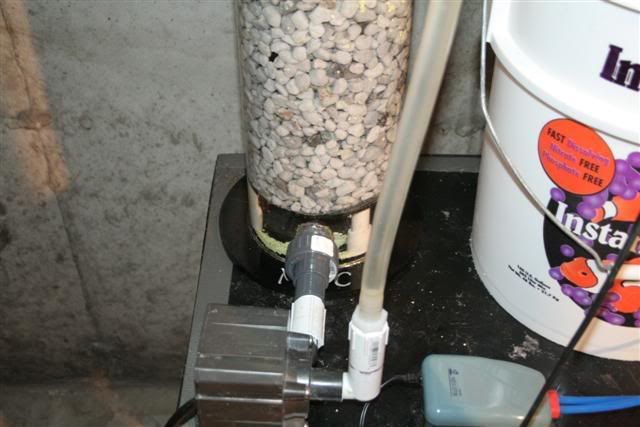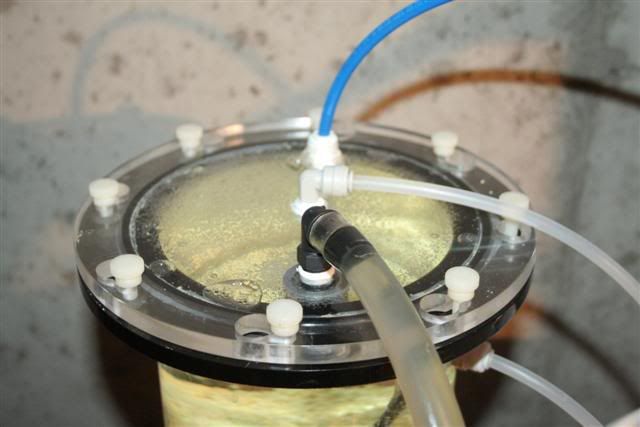I tried to gravity feed my reactor and it didn't work well at all. Not sure why, but i'm running it now (feeding it with an aqualifter pump) in a bucket to hopefully cycle it there and then move it to main system.
It ran for about a week at about a drop a sec. and never saw the effluent putting out ), but that is probably because of the gravity feed. The rector seemed to do a vapor lock type of thing and when i'd vent the air out, somehow it would get more air in it, the pump would chop it up and i'd be back to square one. Hopefully the aqualifter is the answer.
I'll post a couple of pics of the setup shortly. Maybe you guys will some something wrong that I don't.
It ran for about a week at about a drop a sec. and never saw the effluent putting out ), but that is probably because of the gravity feed. The rector seemed to do a vapor lock type of thing and when i'd vent the air out, somehow it would get more air in it, the pump would chop it up and i'd be back to square one. Hopefully the aqualifter is the answer.
I'll post a couple of pics of the setup shortly. Maybe you guys will some something wrong that I don't.





